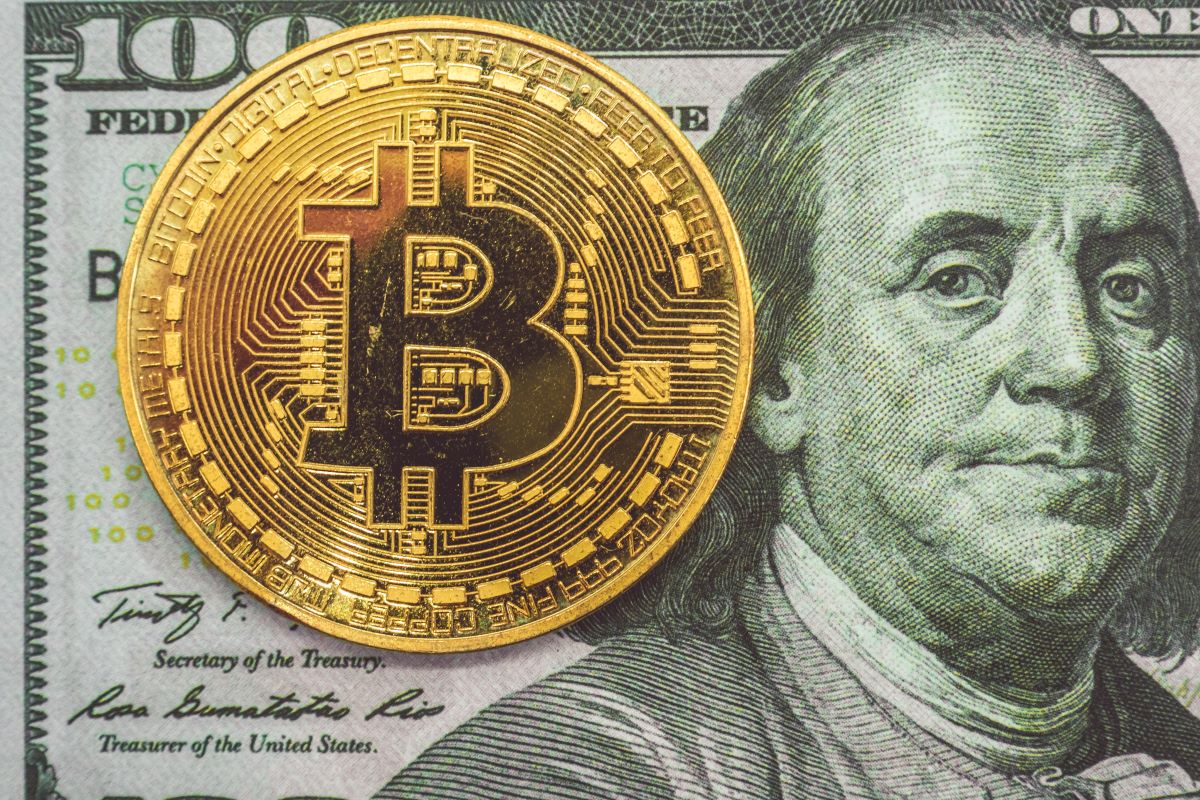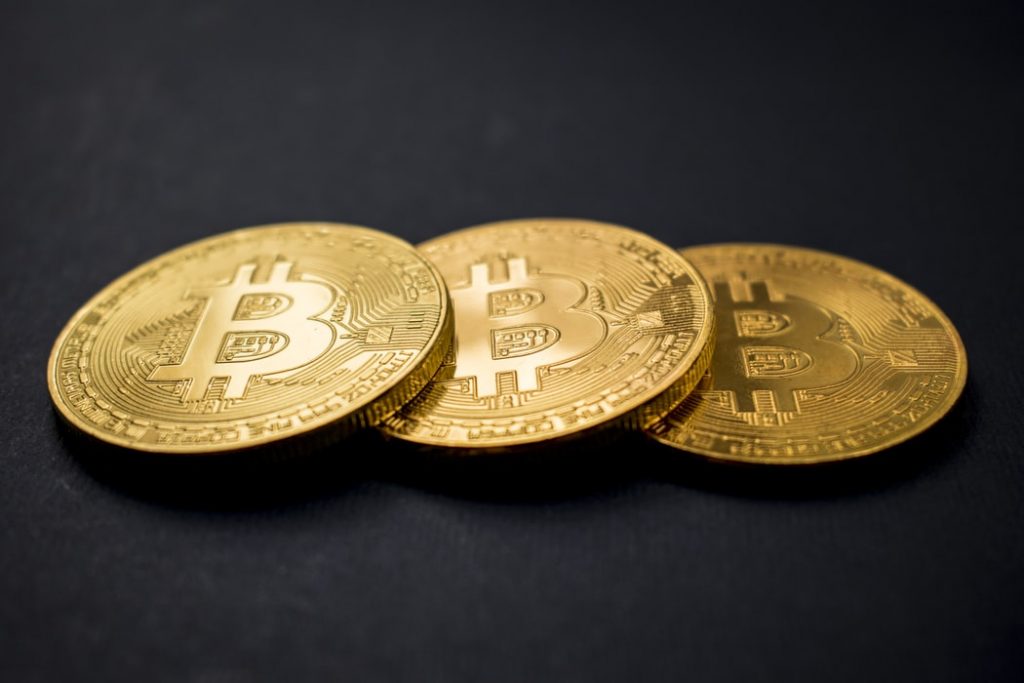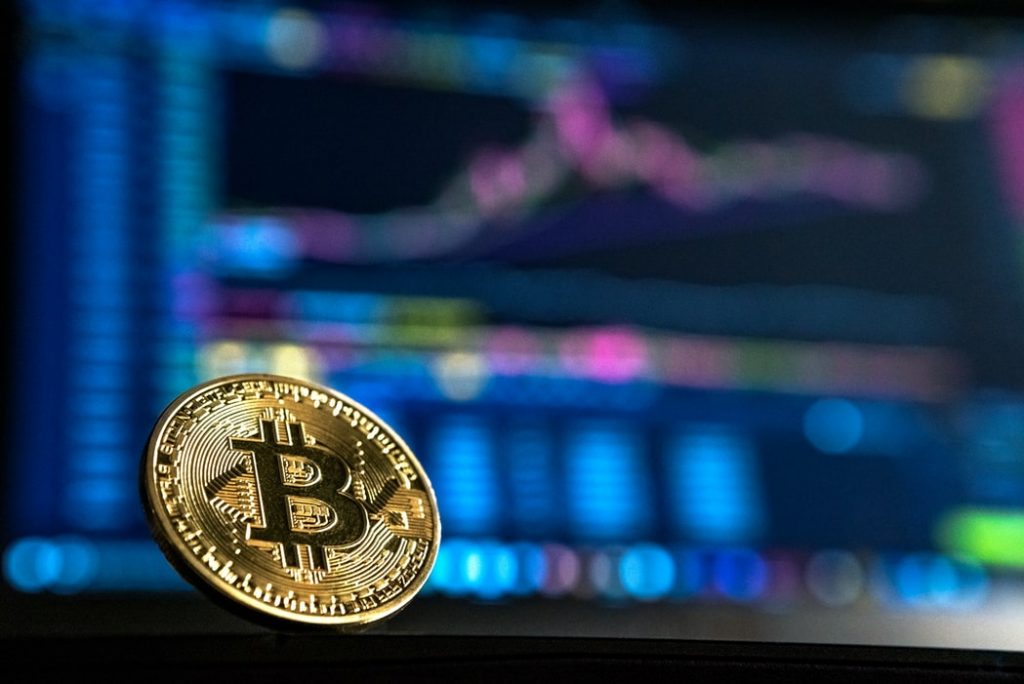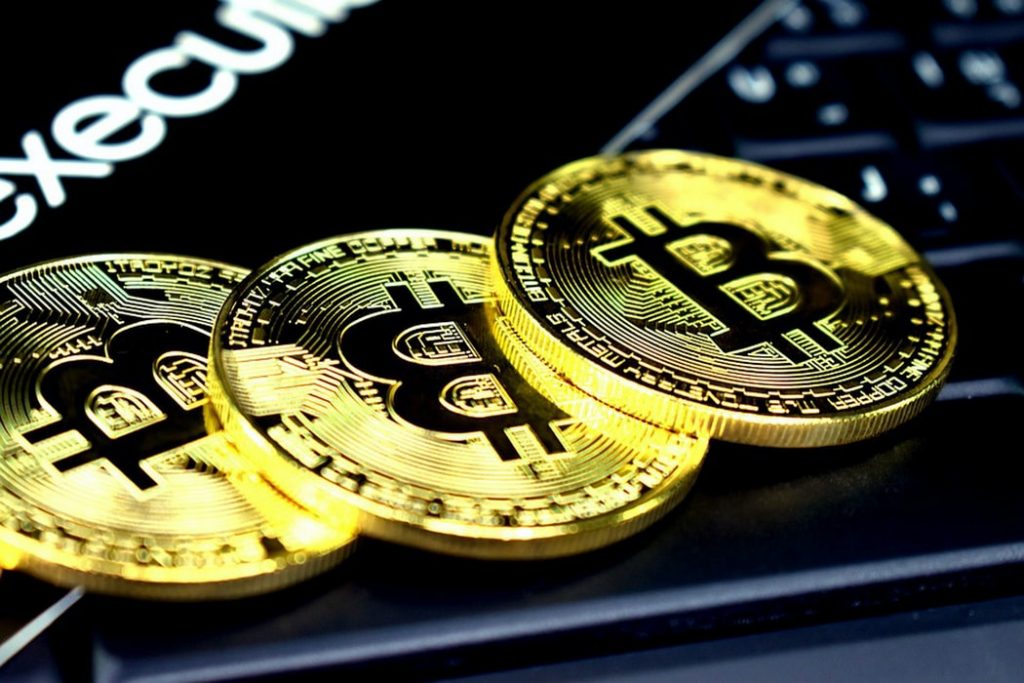
There was a time in the past where it seemed impossible that paper money would ever be replaced. The dollar was invented in the 18th century, and has remained the most common currency to this day. In the late 20th century, the first experiments with online banking showed that people are still sceptical, but thanks to the rise of the internet, some financial institutions started to offer online banking as a new form of financial innovation.
Can you believe it has been only 20 years ever since? However, not so long ago, in 2009, a developer with a vision perceived the financial world in a completely different way and he invented the first decentralized, digital currency, called cryptocurrency. By some, this is a revolutionary change of the financial system, for many reasons. This is the first time we’re able to make untraceable transactions and payments, without having to deal with banks or other businesses. As long as there is the internet and our basic knowledge, there’s nothing else we need, both for investing and regular transactions that we would make with traditional money.
That being said, what are the main differences between crypto and traditional money? At the same time, what do they have in common?

Img source: unsplash.com
Table of Contents
Cryptocurrency vs. Traditional Money
There are numerous benefits of cryptocurrencies. Thanks to the invention of Bitcoin and over 700 other cryptocurrencies, we now have more options than we’ve ever had.
DECENTRALIZATION VS CENTRALIZATION
The main difference between crypto and traditional money is the fact that crypto is global, it doesn’t depend on the state, country or a bank and is not regulated by a centralized institution in a centralized location. Instead, the regulations are inside of the network, and crypto is being governed by the community itself.
This is what actually makes this phenomenon trustworthy, since there’s an equal opportunity for every member of the community, and it is likely that it’s going to get more popular over time, despite the rocky nature of the bitcoin value. Self-regulating systems are proven to be long-lasting and more successful than the ones where authorities monitor and control everything. This takes us to another major difference.

Img source: unsplash.com
TRANSPARENCY VS LIMITED TRANSPARENCY
We all know that the traditional money and digital currencies are not transparent since you only have the information about your own single transaction, and a limited amount of info about the receiver, needed for making that transaction. The rest is up to the financial institutions.
On the other hand, crypto transactions are completely transparent. When we say completely, we mean that every transaction that’s ever been made, stays transparent and is being stored in a public chain. This is called the blockchain, and anyone from the community can have access to the info. Why is this great? Because it creates a healthy environment, in which you get to control your own funds and transactions.
STABILITY VS INFLATION
Bitcoins and other cryptocurrencies are slowly beginning to appear as a great solution for the inflation problems. Or at least, a great alternative. Taking bitcoin as an example, there is a limited number of coins and this is something all sellers and buyers know, so they mine accordingly.
The total number of coins cannot exceed 21 million. Bitcoin is also being compared to gold, from an aspect of investing, since it’s somewhat safe and secure in an inflationary environment. It’s been structured in a way that encourages a deflationary way of thinking and functioning, while providing a stable value that can be controlled by individual users rather than the governmental organizations.

Img source: unsplash.com
FLEXIBILITY VS RESTRICTIONS
Traditional banking systems only work by a limited amount of time, for 5 days a week. They depend on various factors and are limiting for their users. On the other hand, crypto can be accessed from your phone, entering your virtual wallet. Anytime and anywhere, you can make transactions, buy or sell your coins, invest and track your interest rates.
Not only the digital wallet works like any other traditional bank account, allowing you to convert the bitcoin value into real money in the current exchange rate, it also gives you a fair amount of freedom and low chances of restrictions, freezing and other obstacles you would traditionally have.
SAFE VS (LESS) SAFE
Although nothing can replace the traditional money, we’re becoming aware of the fact that traditional bank accounts become more and more exposed to fraudulent activities. The reason behind this could be their longevity on the market, therefore malicious users and organizations had more time to come up with strategies for hacking the system. Cryptocurrencies being relatively new, are still a great source of security.
Here, instead of having to give away personal information such as name and address, personal info of the crypto users stay hidden while their transactions remain completely transparent and recorded in a public database. These blocks are being encrypted after adding to the transaction chain, and from that on, almost impossible to alter. See more on thebitcoinloophole.

Img source: unsplash.com
REDUCED OF FEES VS FEE COSTLY
Another difference between the two systems is the fees that you have to pay for every transaction you make. Other than that, there are additional fees for the account set-up, monthly or yearly maintenance, ATM charges, wire transfers and other services that banks provide. Since the majority of people use traditional money and bank accounts, this is something that people got used to.
However, cryptocurrencies have brought a new way of regulating the same aspects, in a faster and a more convenient way. If you’re a bitcoin user, then there are no fees for any transaction in the country, and with fees for international transactions that are much lower than the traditional ones.
FASTER VS SLOWER
If you’re in a hurry to transfer your money from peer to peer or to use your money regularly, as a form of paying for any product or service, you can rely on the cryptosystem. Your payment will be delivered in a matter of seconds, unlike the traditional banking system where you would have to wait 2 or 3 days for national transactions and up to 10 for the international ones. Like we mentioned above, banks only work a limited number of days in a week, with a limited number of hours per day, while crypto wallet works 24/7.
The future has already brought us new ideas and alternative solutions that have surpassed the old systems and showed us that there’s a more convenient way of functioning.
We’re witnessing the wide acceptance of cryptocurrencies in many sectors. PayPal and Venmo accept online payments through crypto. Many companies, retailers, restaurants, e-commerce shops also began to acclimate to the new environment.
Can we expect a merge of crypto and traditional banks? It’s only left to wait.







